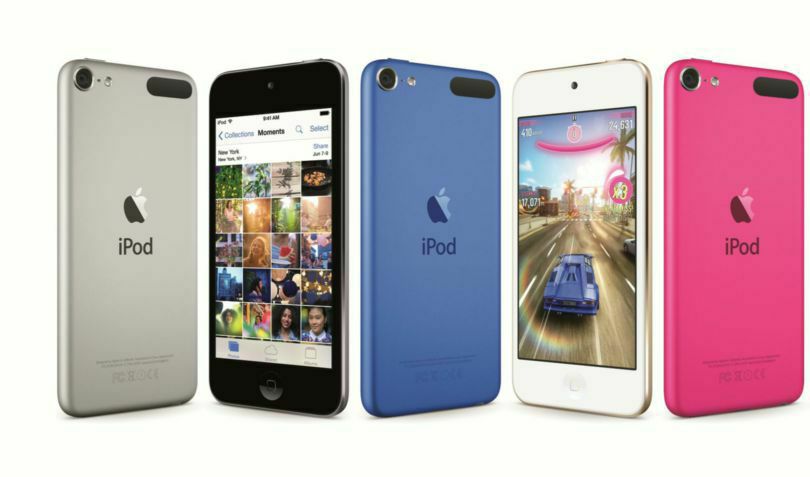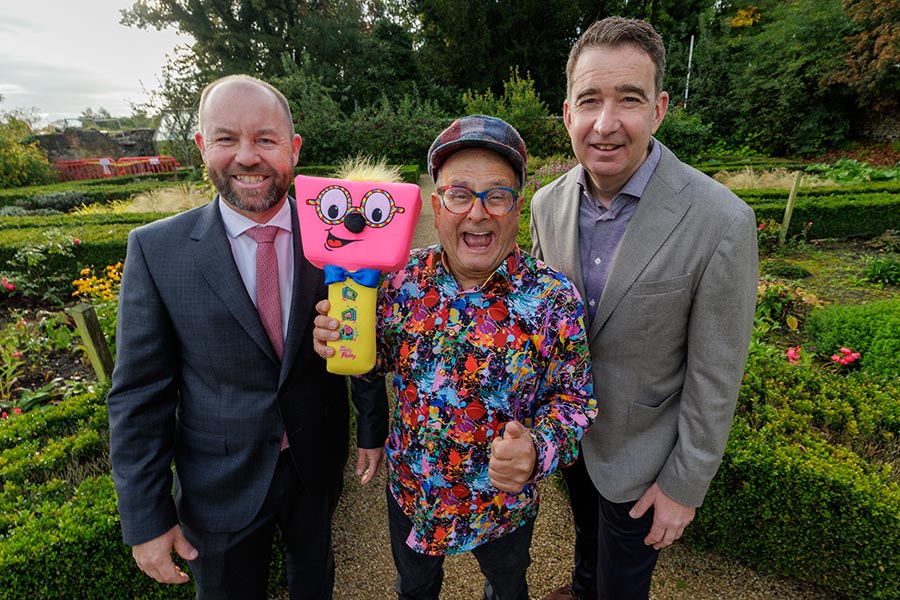Apple has launched a new iPod touch with a new 8 megapixel iSight camera, an improved FaceTime HD camera, the Apple-designed A8 chip and better fitness tracking with the M8 motion coprocessor.
The iPod touch is basically and iPhone without the phone capability and relies on WiFi for connectivity. With the newly launched Apple Music service, for €10 a month people can stream from a library of 30 million tracks.
The A8 chip is the same used in the iPhone 6, and with a Retina display the device is good for gamers – so long as they don’t mind the relatively small 4-inch screen.
The device also shoots video and for the first time the touch has slo-mo and burst mode. Apple says the WiFi is three times faster than previous models.
The new iPod touch is priced at €239 including VAT for the 16GB model, €289 for 32GB and €349 for 64GB. There’s also a 128GB model for €469 sold through the Apple Online Store.
Apple Music
Apple’s decision to belatedly match Samsung, HTC and others with large screen sizes for its iPhone has paid big dividends for the company.
At Apple’s half-year stage in March, the company was selling 680,000 iPhones a day compared with 490,000 devices a day a year earlier. Apple currently makes a net profit of €4.1 billion, and at the end of last March the company had €170 billion in cash and marketable securities to play around with.
So when Apple enters a new market, you expect it to do it well, and that’s the case with its new music streaming service, Apple Music. The service is available to iPhone and iPod touch owners who update to new operating system release, iOS 8.4.
That gives the option of singing up for Apple Music for €10 a month. The first three months are free and you are charged thereafter unless you cancel the service.
Apple’s services revenue currently accounts for 9% of turnover (iPhone is 70%) and it’s not growing as people scale back their iTunes music purchases. That’s because they have been streaming from Spotify and other streaming services. Spotify claims 60 million users and 20 million paid subscribers, who are also charged €10 a month. As Apple is late to the streaming party, the question is whether its me-too offering can make up the lost ground.
Early adopters will likely stick with Spotify but in Apple’s sights are middle-aged consumers who haven’t yet turned on to streaming. Curation is central to the Apple Music offering.
Playlists
Hundreds of playlists have been assembled by Apple and outside curators centred on moods, genres, artists, eras and themes. And Apple Music is intelligent insofar as the playlist recommendations respond to the individual’s usage and preferences.
Like Amazon, Apple Music knows what you like and wants to offer similar fare, and you can create playlists that mix your own songs with the ones you stream from Apple.
The Apple Music library extends to 30 million songs, so it’s likely that you’ll find just about any vinyl LP that’s gathering dust in the attic (the Beatles being a notable exception). If you want to listen to new music that’s fine too: with Apple Music you can stream all the current chart albums.
So €120 a year for every song you ever owned and millions more tracks that you haven’t heard yet. As an added come-on, the Apple Music can be used by six family members for €15 a month. The Apple share has weakened recently due to concerns about China’s economy, where all the iPhone growth is coming from, and the stock’s p/e is currently 16.
Going forward, dads will likely use an old iPhone or iPod touch as their music streaming device and leave it hooked up to the home music system. Then maybe they can finally junk some of that hoarded vinyl.









